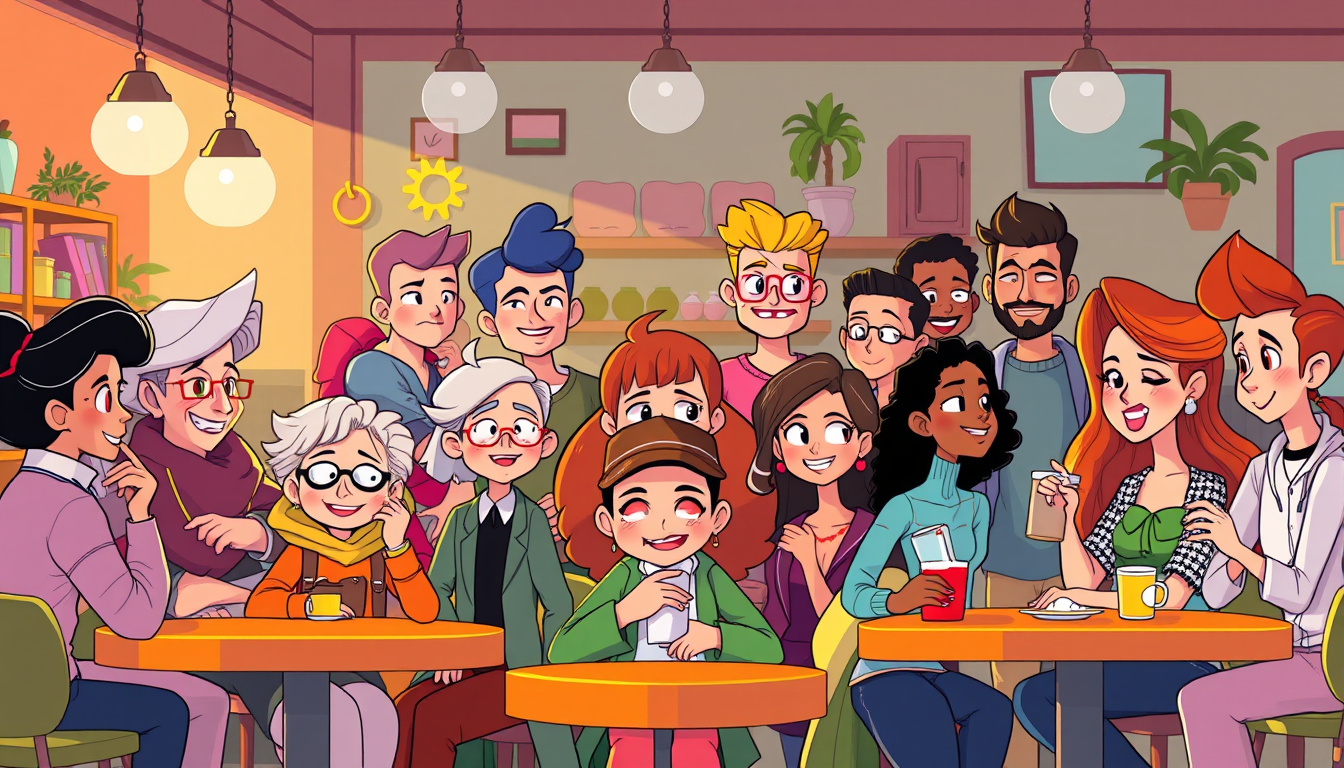
The art of storytelling is one of the most powerful tools we possess, capable of moving hearts and changing minds. If you’re aspiring to share your creativity through film, learning how to write a short film script is a crucial first step. A well-crafted script is the backbone of any successful film, and mastering this skill will enable you to captivate audiences with your unique vision. In this article, we will explore essential elements of writing a short film script, from understanding its basics to polishing your final draft, ensuring your narrative leaves a lasting impact.
Get Professional Screenplay Coverage in Minutes, Not Weeks!
 Get Professional Screenplay Coverage in Minutes, Not Weeks!
Get Professional Screenplay Coverage in Minutes, Not Weeks!

Developing Rich Characters in Your Script
When you set out to write a short film script, one of the most vital elements to consider is the development of rich characters. Compelling characters not only drive the narrative forward but also resonate with the audience, making your film memorable. Start by giving your characters distinct personalities that influence their actions and decisions. Consider their backgrounds, motivations, and challenges they face throughout the story. Utilize techniques such as character arcs, where your characters evolve over the course of the film, showcasing their growth or transformation. Additionally, incorporate dialogue that reflects their unique voice and perspective, ensuring that it feels authentic and relatable. By investing time in creating well-rounded characters, you elevate your short film script from a simple storyline to an engaging cinematic experience that captivates viewers.
Techniques for Writing Engaging Dialogue
Creating compelling dialogue is crucial when you aim to write a short film script that resonates with audiences. To start, focus on character voices—each character should have a unique way of speaking that reflects their background, personality, and emotional state. This makes conversations feel authentic and helps the audience differentiate between characters easily. Another technique is to incorporate subtext; often, what’s unsaid is more powerful than direct statements. Characters might speak around issues rather than about them, providing depth and intrigue to the dialogue. Additionally, ensure that dialogue serves a purpose—whether it’s advancing the plot, revealing character traits, or heightening tension. Read your dialogue out loud to ensure it sounds natural; this can help you catch awkward phrases and ensure that the pacing matches the intended emotion. Finally, keep it concise—short, impactful exchanges can create tension and maintain engagement, which is vital when writing a short film script where every word counts. By employing these techniques, you can create dialogue that captivates and moves your viewers.

The Importance of Visual Storytelling
Visual storytelling is crucial in the art of filmmaking, particularly when you set out to write a short film script. It encompasses not only the narrative but also the emotions conveyed through imagery, sound, and performance. A well-crafted script incorporates visual elements to engage the audience and allows them to experience the story on a deeper level. By focusing on the visual aspects—such as character expressions, setting details, and symbolic imagery—you can create a more immersive and memorable short film. Learning how to effectively write a short film script that emphasizes visual storytelling will ultimately elevate your project, making it stand out in a crowded industry.
Editing and Polishing Your Short Film Script
Editing and polishing your short film script is crucial to transforming your initial draft into a compelling narrative that resonates with your audience. Once you’ve completed the first draft, it’s time to step back and critically evaluate your work. Start by reading your script aloud; this helps in catching awkward dialogue or pacing issues. Pay close attention to structure—ensure your story has a clear beginning, middle, and end, which is essential when you write a short film script. Look for areas where you can trim excess dialogue or unnecessary scenes; short films benefit from brevity and conciseness. Don’t hesitate to revise character arcs to deepen emotional impact and enhance relatability. Additionally, involving trusted peers for feedback can provide valuable insights. By diligently editing and polishing your script, you enhance its potential, making it more likely to shine during pitching or production.
Get Professional Screenplay Coverage in Minutes, Not Weeks!






